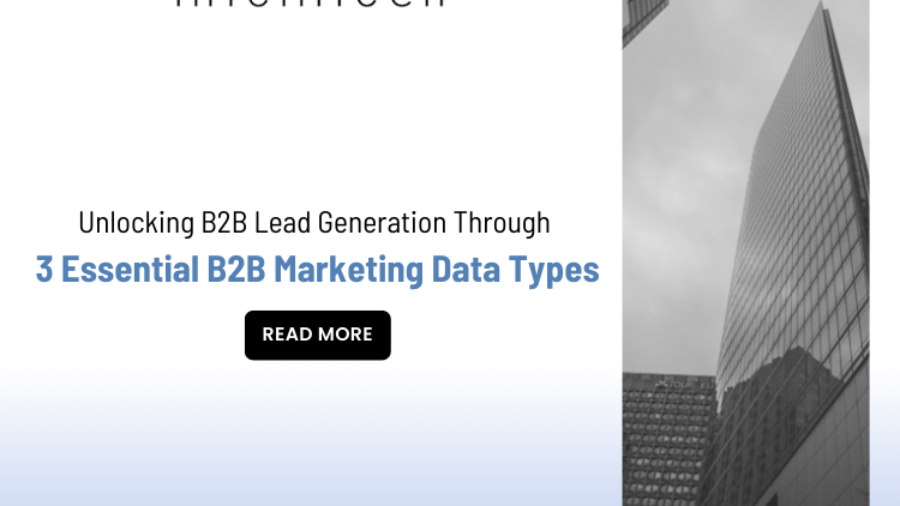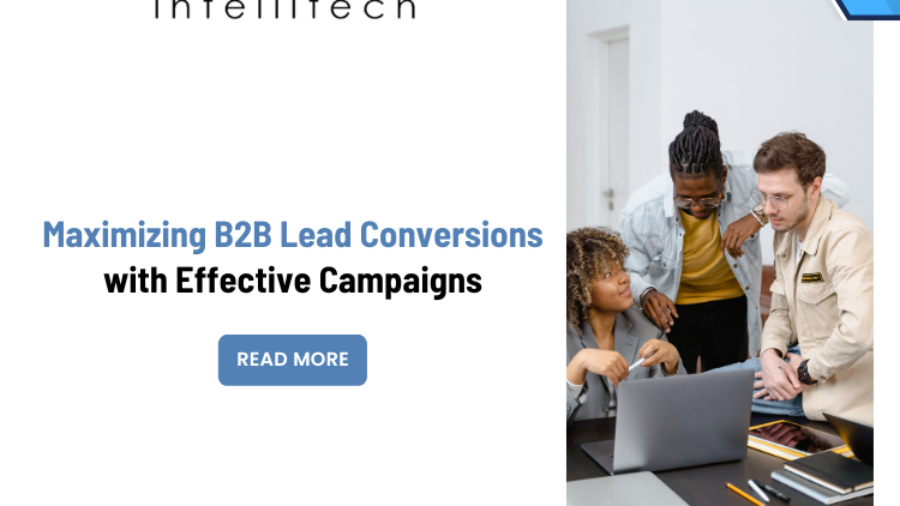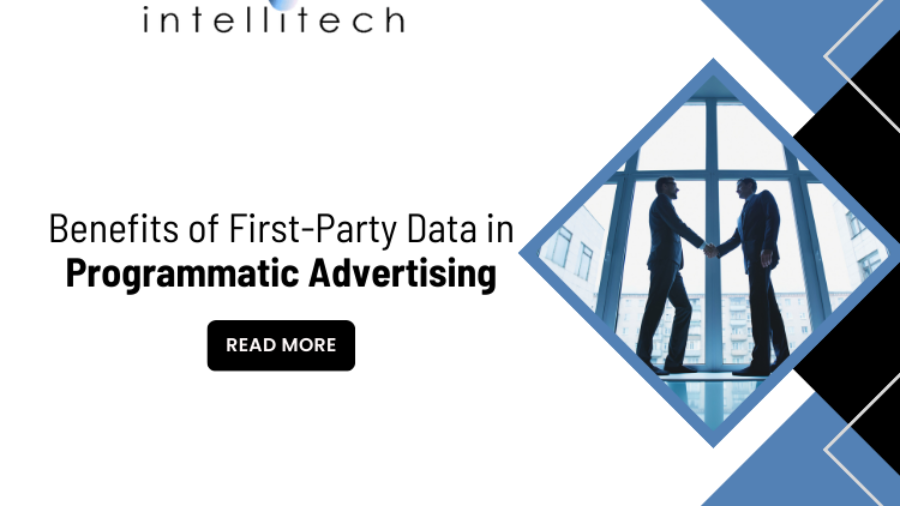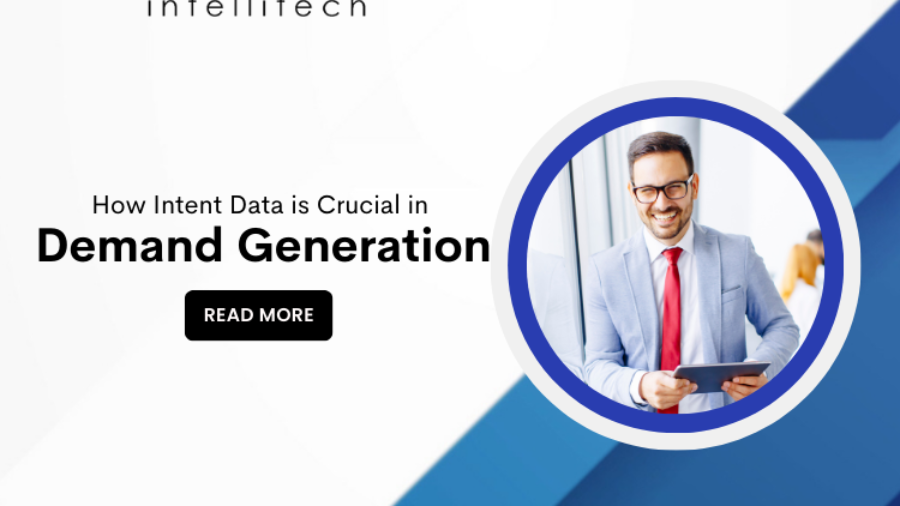In the realm of B2B marketing, the quest for quality leads is perpetual. Every business strives to identify and engage with prospects who are not only interested but also ready to convert into valuable customers. However, achieving this goal requires more than just intuition or guesswork. It demands a strategic approach grounded in data-driven insights. In this blog post, we'll explore three essential B2B marketing data types that can unlock the potential of lead generation and drive business growth.
Demographic Data
Understanding the demographic profile of your target audience is essential for crafting tailored marketing strategies. Demographic data encompass factors such as age, gender, location, industry, and company size. Leveraging demographic insights enables marketers to create personalized messaging and targeted campaigns that resonate with their ideal prospects.
Behavioral Data
Tracking the online behavior of prospects can offer valuable clues about their interests, preferences, and intent. Behavioral data encompasses actions such as website visits, content downloads, email opens, and social media engagement. By analyzing behavioral patterns, marketers can gain deeper insights into prospect interests, anticipate their needs, and deliver highly relevant content and offers at the right moment in the buyer's journey.
Intent Data
Predicting buyer intent is crucial for engaging prospects at the right time with the right message. Intent data provides real-time signals indicating prospect interest or intent to purchase based on their online activities, such as searches, content consumption, and interactions with competitors. By leveraging intent data, marketers can identify active prospects, prioritize outreach efforts, and tailor their messaging to address immediate needs or concerns.
Conclusion
B2B lead generation requires a multifaceted approach that harnesses the power of various data types. By leveraging demographic, firmographic, behavioral, technographic, intent, engagement, and predictive data, marketers can gain deeper insights into their target audience, personalize their approach, and optimize their strategies for maximum impact.










